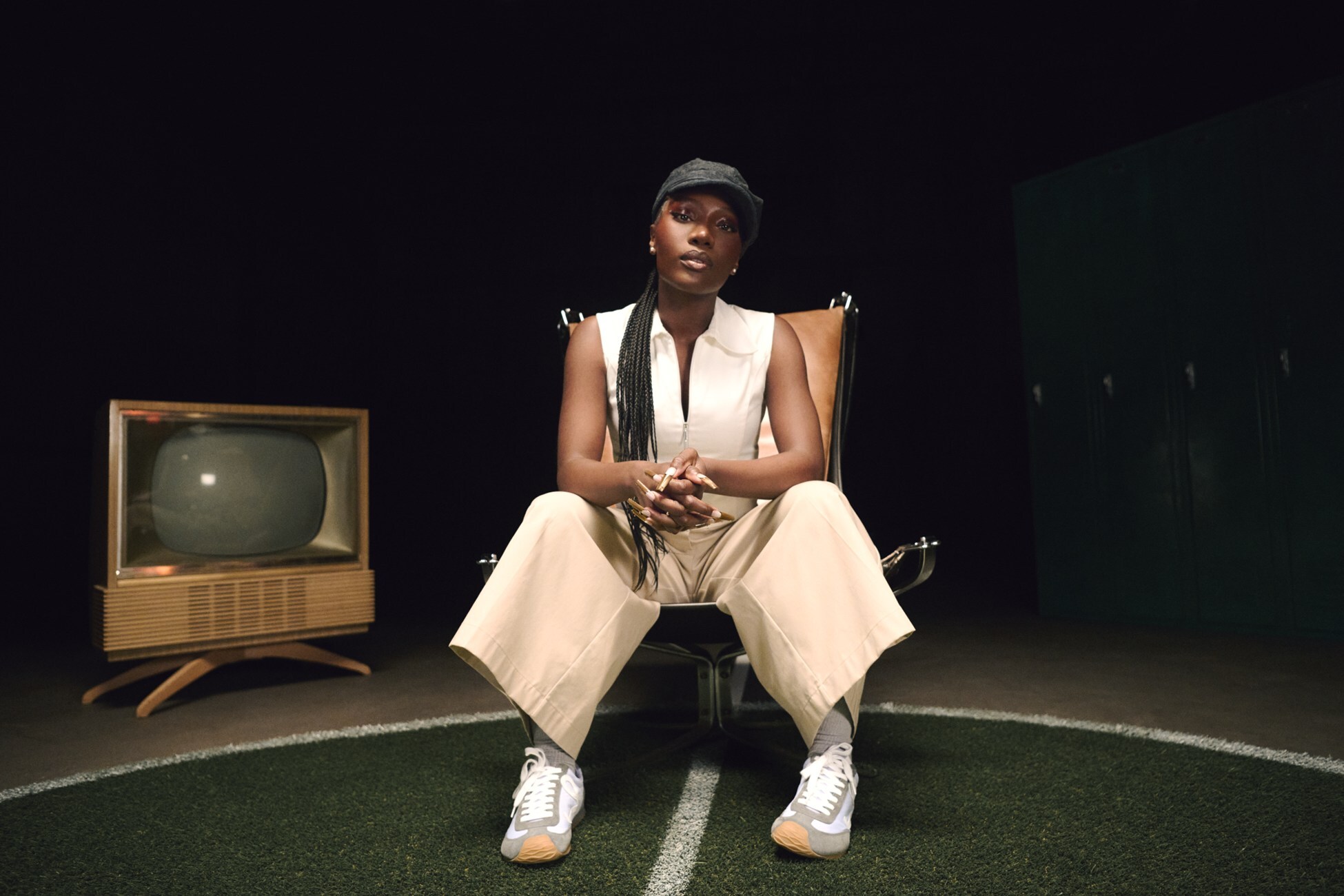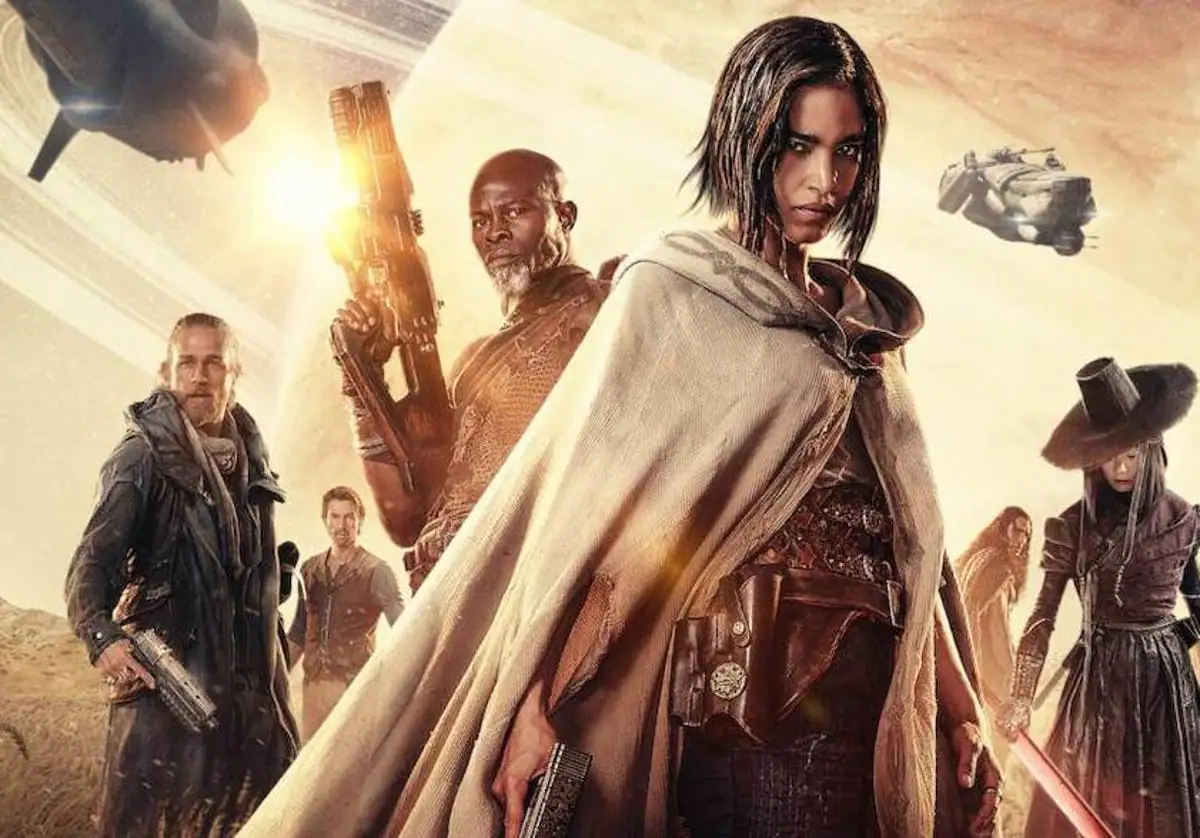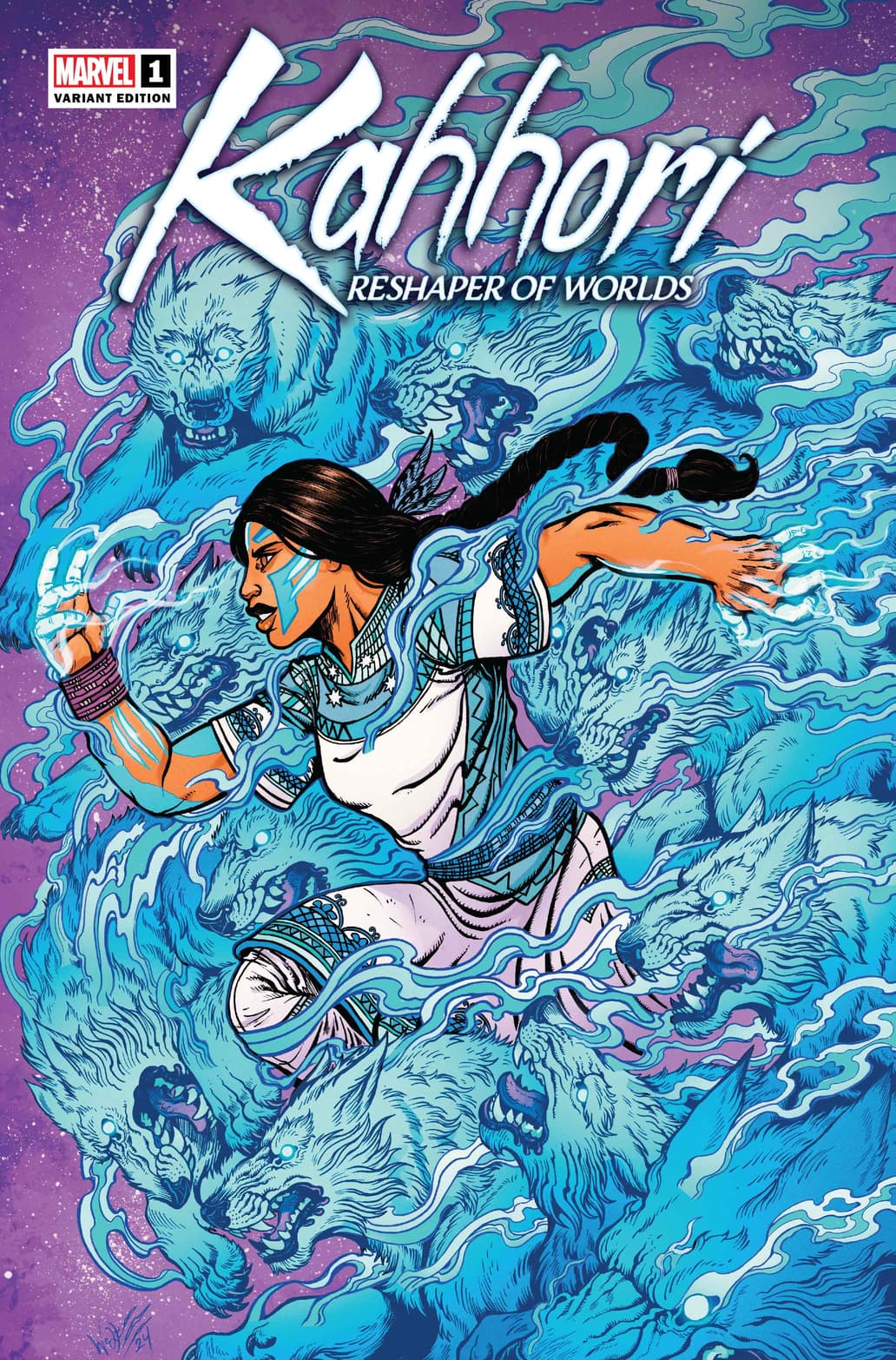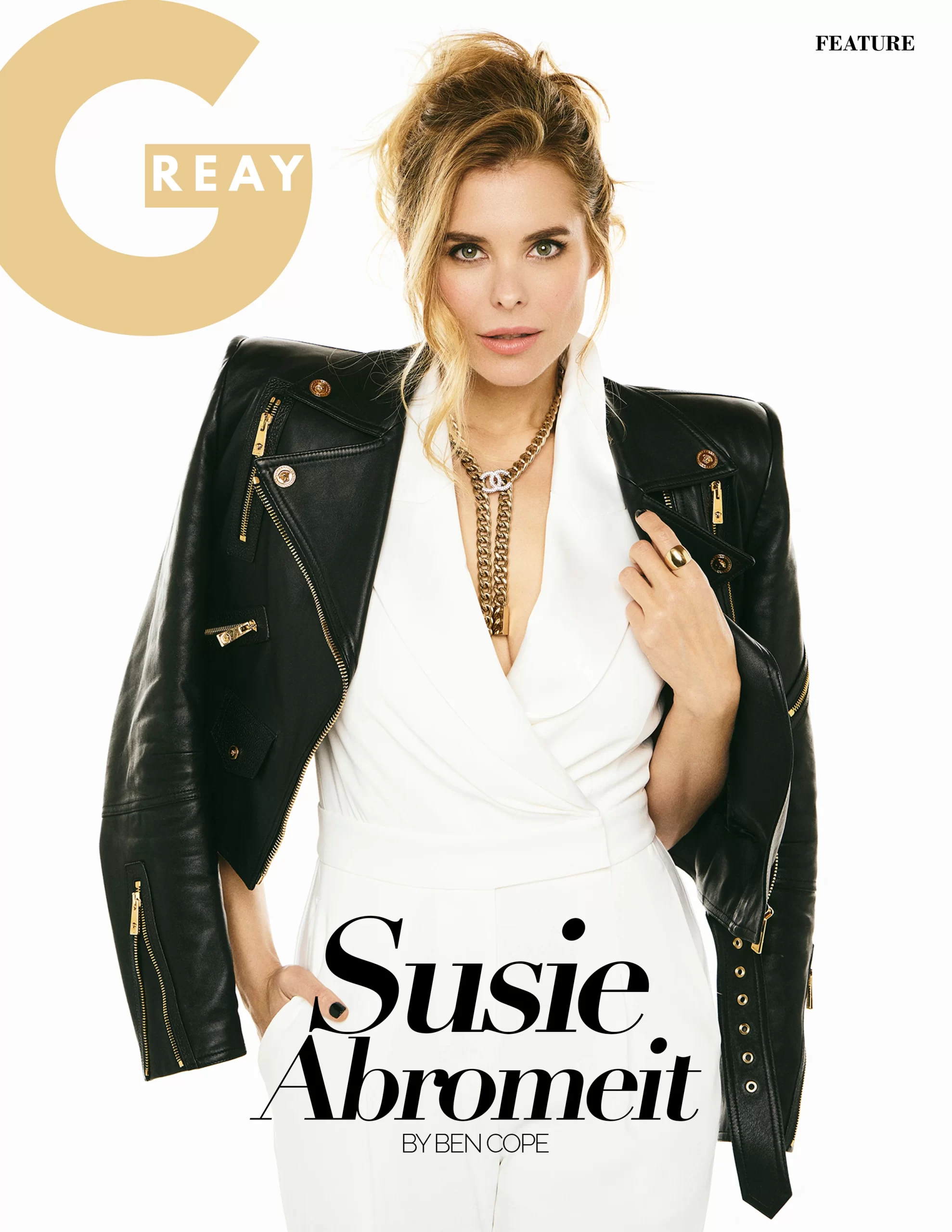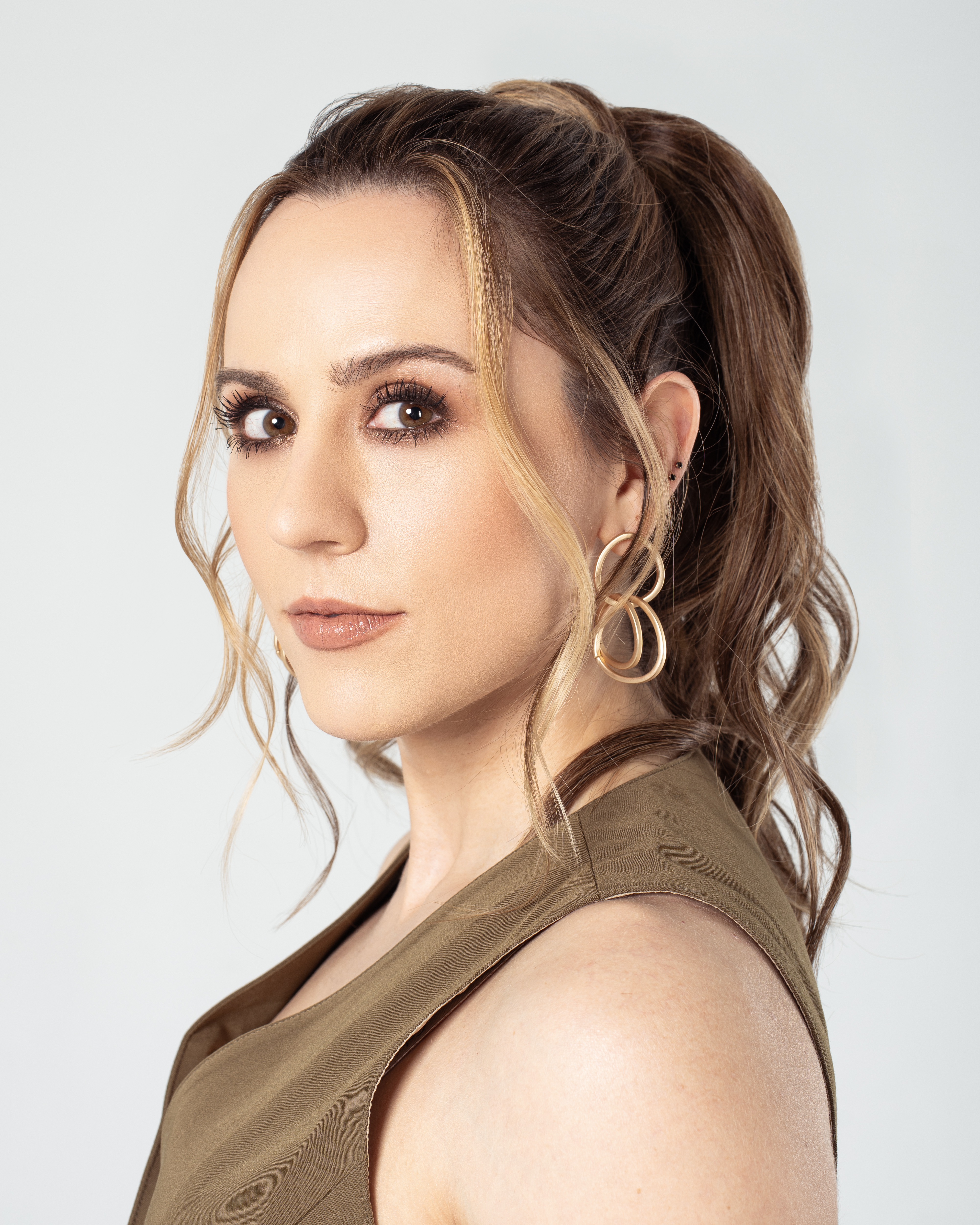
Echoes Across Worlds: Inside Abby Trott’s Voice Legacy

From puppet stages in Japan to some of the most beloved anime and gaming franchises in the world, Abby Trott has built a career defined by voice, presence, and an almost magnetic ability to breathe life into characters both loud and silent. Whether channeling the haunting quiet of Nezuko in Demon Slayer, unleashing the playful unpredictability of creatures in Bugsnax, or embodying heartfelt heroes in Fire Emblem and Carmen Sandiego, Trott has curated a body of work that feels less like a résumé and more like an evolving gallery of voices. Each role adds another layer to her artistry, reflecting not only the characters she plays but also the creativity, resilience, and discovery woven throughout her own journey.
1.When you were performing in children’s shows in Japan, your voice was filtered through another medium — wood, cloth, and strings when you had to use puppets. Do you think that experience gave you a different perspective on how “presence” is created without being seen?
Yes. I feel like my performing in puppet shows in Japan validated what I learned while doing theater when I was growing up – that a voice can really bring a character to life, and that there are many different types of performances and possibilities, whether it be a puppet made of wood, a shadow projected on a set, or a human actor onstage.
2. Many voice actors talk about “finding” their character’s voice. Have you ever had a moment where the character seemed to find you — almost as if the role revealed something you didn’t expect about yourself?
Yes! Some of my favorite sessions are when you go in not knowing what your character(s) will be and you get to find the voice in the moment. One of my favorite gigs was doing some of the creatures for the video game Bugsnax. In the session, I received descriptions of all the Bugsnax and was able to collaborate with the developer and director over at Brightskull to come up with some fun voices. I realized that I love to do creature voices, and those mystery sessions are some of the most fun for me, because of the creative discovery that can happen.
3. Nezuko is both silent and emotionally expressive — two extremes in voice acting. How do you navigate portraying such intensity in a role where the absence of words becomes the loudest statement?
Nezuko is such an interesting character: she’s a woman of few words, but when she speaks, it’s incredibly impactful. Because these moments are often key story points, I always want to make sure that the performance is as strong as possible. The groundwork laid by my Japanese counterpart Akari Kito is incredibly helpful, and I pull inspiration from that. When dubbing, I also have the privilege of dubbing to finished animation, which is so impeccable that it immediately thrusts me into the moment mentally and emotionally. It’s not hard to get there with such an amazing team behind this project.
4. Momo Ayase in DanDaDan is protective because of her own childhood scars. Did stepping into her story make you revisit any personal moments where you had to stand up for yourself or someone else?
Of course! Unfortunately, most people know what it’s like to be bullied. Those moments when I was younger made me want to cling tighter to a smaller circle of friends. I trimmed the fat and kept the people who I truly felt I could be myself around and felt safe with. I wish I could say I was as brave as Momo and fought back, but I’m so anti-conflict!
5. You’ve voiced in anime, video games, and even iconic franchises like Transformers. Beyond genre, do you ever think of your career as curating a “personal gallery of voices” — and if so, what pieces stand out to you as cornerstones of that collection?
I just take each job as it comes. It’s strange for me to go through my IMDb page and look at everything I’ve done. I don’t think of characters as “voices,” funnily enough. I think of them as a whole – how they think, how they speak, who they are at their core. Aside from my most popular anime staples, some of my favorites have been Ivy from Netflix’s Carmen San Diego, and Annette from Fire Emblem: Three Houses. They were so well-written and fleshed out, which helped the voice come naturally. They were such a joy to explore and perform.
6. Your voice is now tied to some global fandoms that will outlast us all. How do you process the idea of leaving behind “immortal echoes” that millions may hear long after you’ve moved on to new chapters?
Honestly, I try not to think about it! It makes me kind of nervous…whenever I think of how many people have heard the Super Smash Bros. Ultimate theme “Lifelight,” my palms get sweaty!
7. You’ve said balance is something you’re working on. In your ideal vision of the future, what would a perfectly balanced day in Abby Trott’s life look like — from morning ritual to lights out?
That’s a hard question because I’m still working on it! But my current ideal weekday would be I wake up early, maybe 5am. I have one entire French press-worth of coffee with a cat on my lap, reading a book. Then I go on a short hike with my partner. After that, maybe I record something fun like an original animation project. I have a delicious sushi lunch with a friend, and then go to my second gig, which is maybe…something musical, where I get to sing! Dinner is sushi, (I like sushi), and then I play video games with my partner until I’m too tired. I retire to bed, where I binge 2-3 episodes of anime or read until I’m asleep.
8. If your career could be represented not by a fragrance or a fashion piece, but by a musical instrument or sound texture, what would it be and why?
I’ll say the shakuhachi, which is a type of bamboo flute from Japan. I first remember hearing this instrument in college; while studying the Suzuki Method of acting, we would do exercises to specific music and one of the songs was a shakuhachi piece. I fell in love with the hauntingly beautiful, lonely sound instantly. It takes a lot to control the embouchure, and, like the human voice, it’s an extremely versatile and expressive instrument. When I moved to Japan, I sought a shakuhachi teacher so I could learn how to play, and studied it for 6 years, eventually taking and passing an exam to be part of the Tozan-ryū Shakuhachi group. As part of this group, I got to perform onstage with Yamamoto Hōzan, a national treasure of Japan who was the shakuhachi player on…drumroll please… “Rokudan Kuzushi,” the song I listened to while doing Suzuki exercises in college! My career has been shaped across the U.S. and Japan by a lot of luck and coincidence!
9. Many fans know you for characters who are fighters, survivors, or protectors. Is there a role type you haven’t had the chance to play yet that you’re yearning for — something that would challenge you in a way no one expects?
It’s not so much a character archetype, but a type of performance – I would love to do full performance capture. I want to put on that sweaty suit and do scene work with other actors! The physicality, the voice – all of it.
10. Imagine you’re curating an exhibition called The Art of Voice where every room represents a chapter of your journey. What’s in the very first room, and what’s in the very last?
The first room would be filled with embarrassing clips from childhood – plays and performances I did as a kid. The last room would be empty, because I’m still going, and we’ll just have to wait and see what comes next! But I hope there’s a cat in there somewhere.
Abby Trott’s voice has carried across languages, genres, and even mediums, creating echoes that continue to resonate with fans around the globe. Yet, when she speaks about her craft, there’s no sense of finality—only curiosity for what’s next. Whether it’s stepping into performance capture, composing the next haunting soundscape, or simply savoring a sushi lunch between sessions, Trott reminds us that a voice actor’s artistry is more than the characters they portray. It’s about shaping moments, building connections, and leaving behind sounds that—like the shakuhachi flute she studied—linger long after the final note fades.
Photographer: Lindsey Ruth Photography @lindsphoto
Interview By Kyra Greene @noteasybingreen
Hair: Mika Fowler @mikahairstylist
Makeup: Anton Khachaturian @antonmakeup
Stylist: Alex Clough @alexcloughstyle


